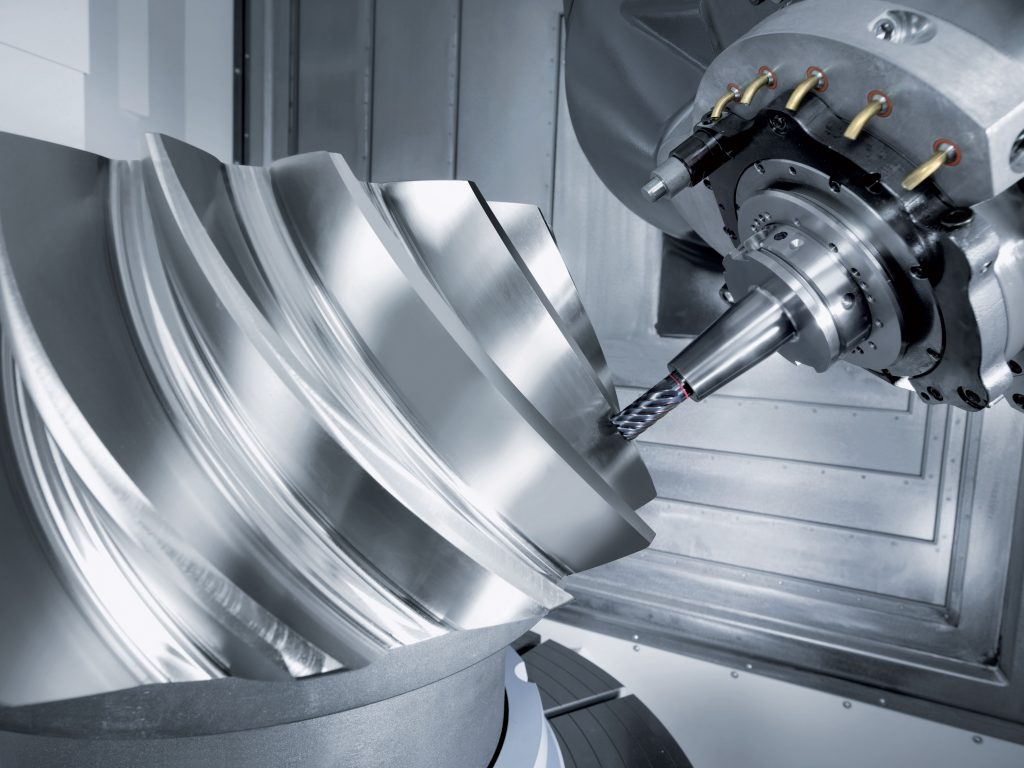Micro mold manufacturing, a critical process in the electronics industry, involves creating highly precise and small components that are integral to various electronic devices. Despite its significance, this sector faces numerous challenges that stem from the intricate nature of micro-scale production, the demand for high precision, and the rapid evolution of technology. One of the foremost challenges in micro mold manufacturing is achieving the required precision and accuracy. The dimensions of micro molds are often measured in micrometers, necessitating equipment and processes capable of maintaining extremely tight tolerances. Traditional machining techniques often fall short due to their limitations in precision at such small scales. Advanced manufacturing methods, such as micro-electrical discharge machining micro-EDM and laser micromachining, have been developed to address this issue. These technologies allow for greater accuracy, but they also require significant investment in specialized equipment and training, posing a financial challenge for manufacturers. Material selection also presents a significant hurdle. The materials used for micro molds need to withstand high pressures and temperatures while maintaining their dimensional stability.

Conventional materials often do not perform well under these conditions, leading to issues such as wear and deformation, which can compromise the quality of the final product. Advanced materials like high-performance alloys and composite materials have been introduced to enhance the durability and performance of micro molds. However, these materials are often more expensive and harder to process, adding to the overall cost and complexity of manufacturing. The miniaturization trend in electronics further complicates micro mold manufacturing and what is tpr material. As devices become smaller, the components must follow suit, pushing the boundaries of what is technically feasible. This trend requires continuous innovation in mold design and fabrication techniques. Manufacturers are increasingly adopting computer-aided design CAD and simulation software to optimize mold designs before actual production. These tools help in predicting potential issues and improving the design iteratively, but they also necessitate a skilled workforce adept in using such advanced technologies. Quality control is another critical challenge.
Non-destructive testing methods such as X-ray micro-computed tomography micro-CT and high-resolution optical inspection systems are being employed to ensure the quality and integrity of micro molds. While effective, these methods involve high costs and require specialized knowledge to operate, further increasing the burden on manufacturers. In response to these challenges, collaborative efforts between academia and industry are proving beneficial. Research institutions are developing new materials, processes, and technologies aimed at overcoming the limitations of current micro mold manufacturing techniques. For example, advancements in additive manufacturing 3D printing are showing promise in creating complex micro molds with high precision and at a lower cost. Additionally, industry partnerships are fostering knowledge exchange and innovation, helping manufacturers to stay ahead in a competitive market. In conclusion, while micro mold manufacturing for electronics is fraught with challenges such as precision, material selection, miniaturization, and quality control, ongoing advancements and collaborative efforts are paving the way for innovative solutions. By embracing new technologies and fostering industry-academia partnerships, manufacturers can overcome these obstacles, leading to more efficient production processes and higher quality electronic components.